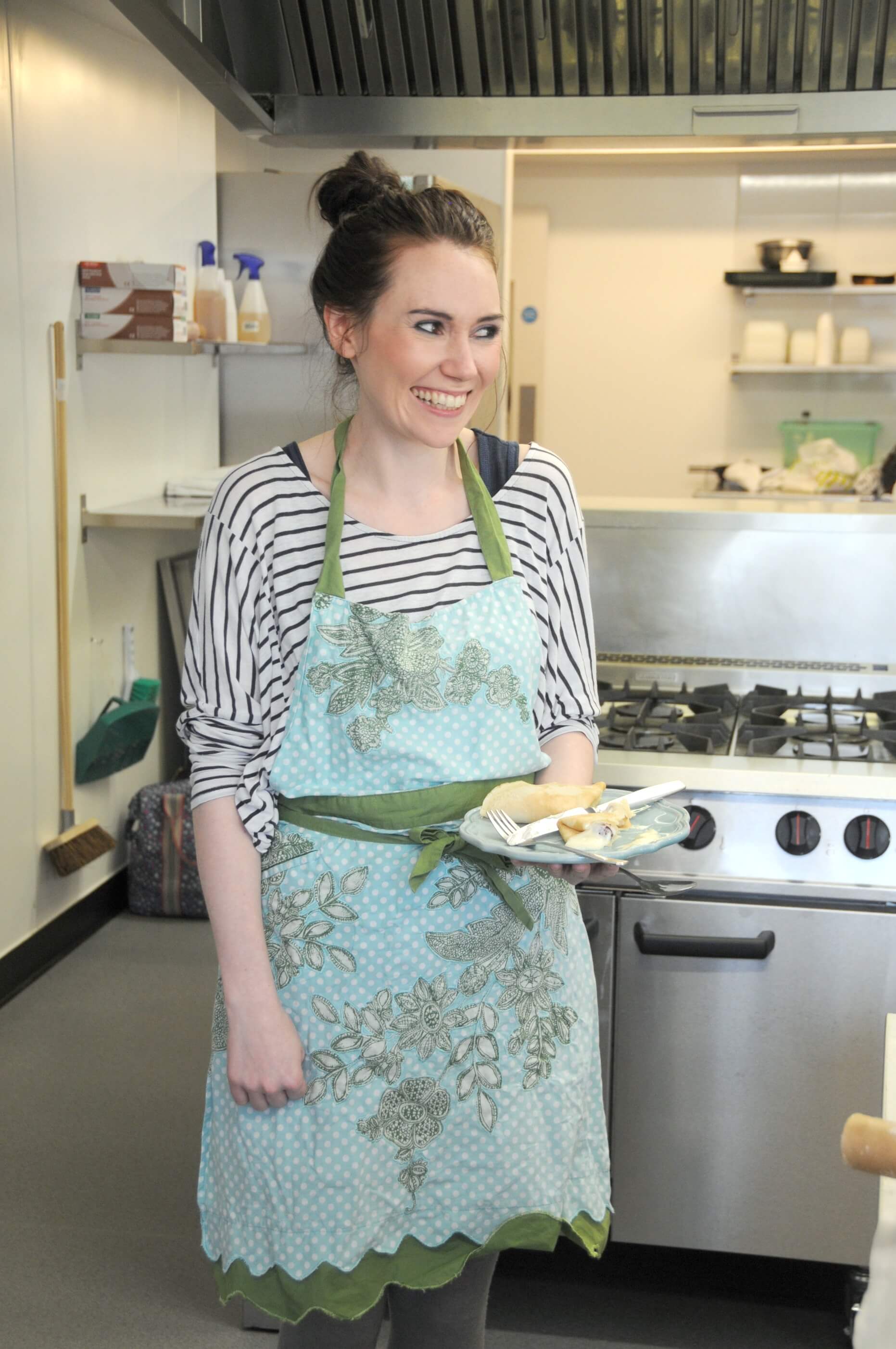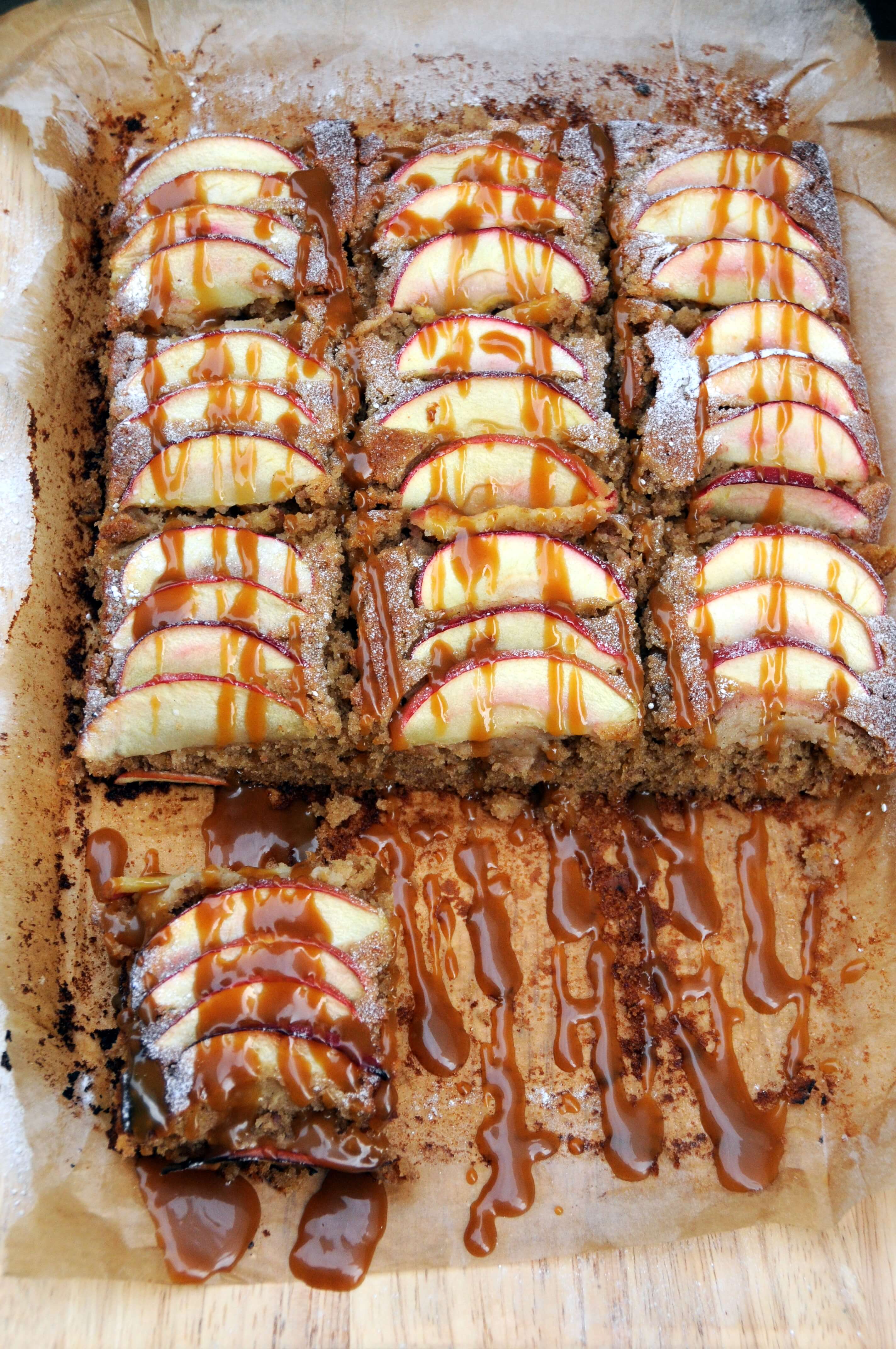An Interview with Sarah Cook from BBC Good Food Magazine and Top Tips for Food Styling
Yesterday, I wrote about the Food Styling course I took at Leiths School of Food and Wine with Sarah Cook…

Yesterday, I wrote about the Food Styling course I took at Leiths School of Food and Wine with Sarah Cook…

Thank you to everyone who left comments for myself and my sister Wanda on my first Blogoversary! Wanda was greatly…